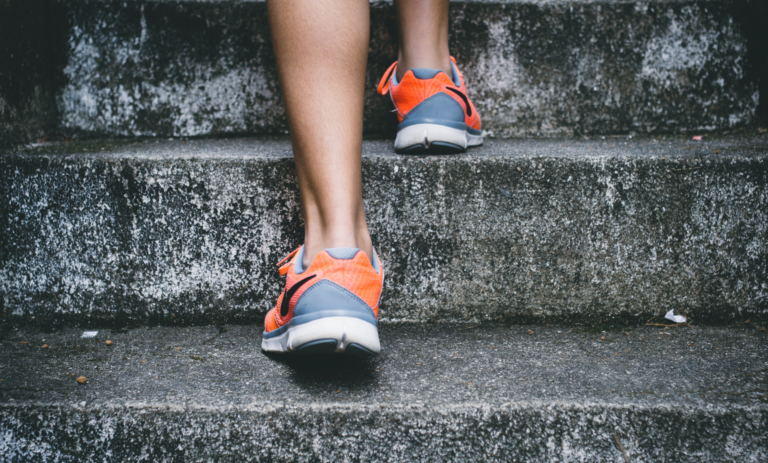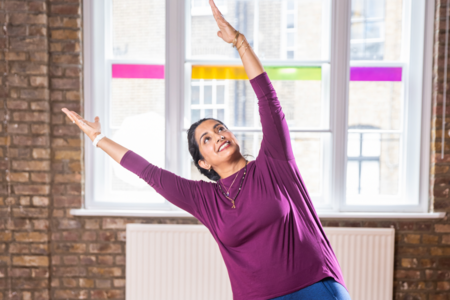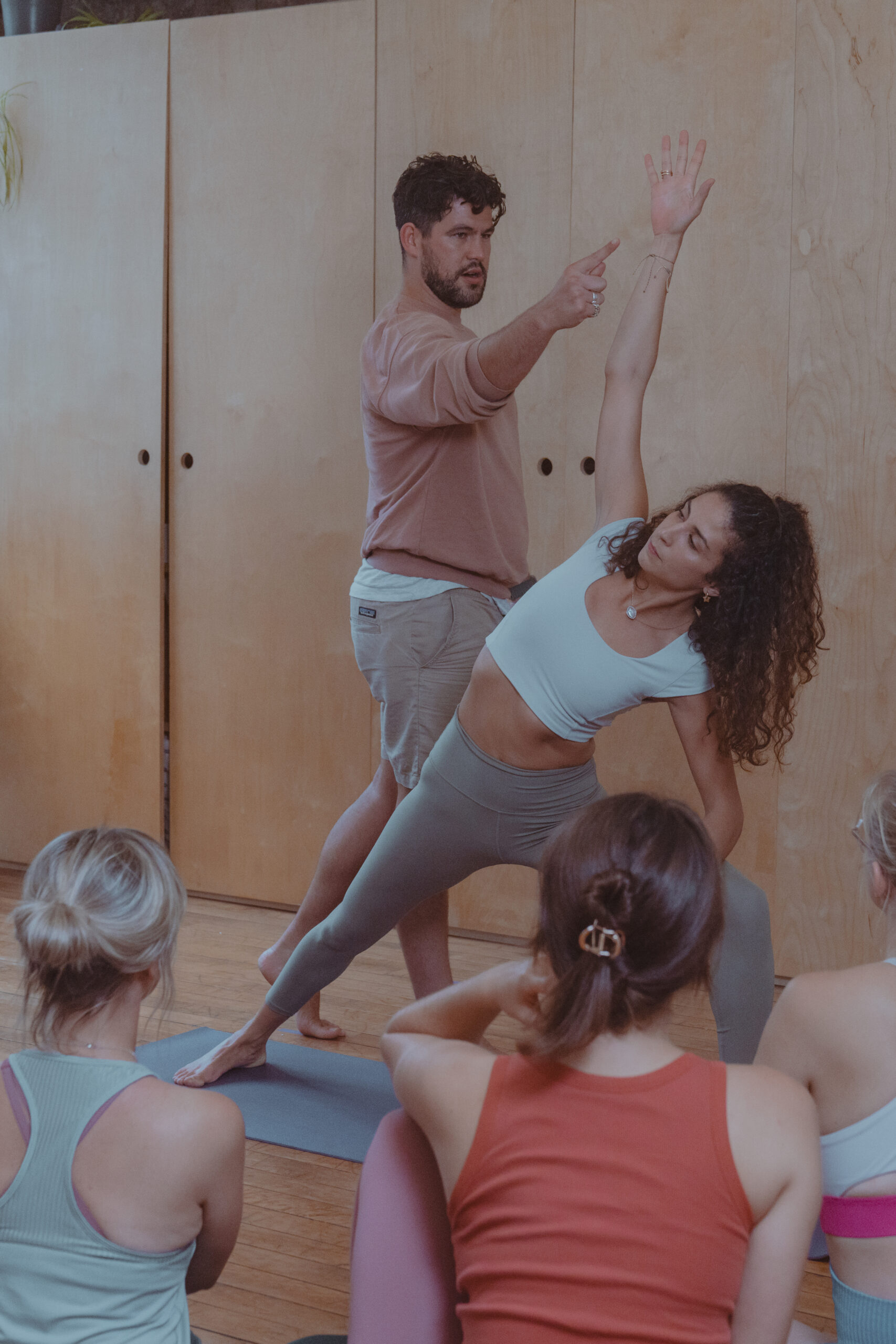Running is one of the most popular recreational activities in the world. It doesn’t require expensive equipment and can be done whenever and wherever you are, either indoors at the gym, or out in the magnificence of nature. Yet so many of us fall prey to injury from doing an activity that we were designed to do.
Scientific articles show that the incidence of lower extremity running injuries range from 19.4% to 79.3% of all runners. An Australian research article recently demonstrated that up to 70% of recreational and competitive runners sustain overuse injuries during any 12-month period.
The source of these injuries can be direct trauma such as an ankle sprain or pulled muscle, or from overuse of body joints and muscles that have to bear mechanical load and stress leading to a breakdown or degeneration of the body tissues.
So what is going wrong? What are the main things we can do to reduce the risk of joining the long list of injured runners?
First, we need to have the right idea about running and running technique. Most runners think that running can be seen as a natural development of walking and they just have to put one foot in front of the other at a faster pace and keep going, but that’s not really true. Irrespective of the level of the runner and of the goal they are aiming for, the risk of getting injured is much higher if they have a poor technique.
Often we ignore the early warning signs of an injury and soldier on. After all, running has an element of warrior endurance, but it is wrong to let that attitude permeate thinking about looking after our body. Too often, we learn to navigate around minor niggles and pain leading to unconsciously changing the way we run or train. As a result, we learn to compensate for our injury and develop further faulty movement patterns that just cause the injury to resurface elsewhere in the body. As these movement patterns are learnt, new lesions or injuries can develop even after the original niggle and pain has resolved.
Secondly if we are suffering repeated injuries, we need to seek professional help sooner rather than later to address the problems in our training routines and movement patterns or technique. The main causes of overuse injuries are an increased volume and intensity over a short period of time, overtraining, and most importantly a lack of proper technique.
Thirdly, although we are designed for running upright, many of us spend hours sitting down in front of a computer or desk every day. As a result, we develop muscle imbalance issues that then impact our running technique, balance and control. It is important to prepare the body before running. We call these “neuromuscular integration” techniques to wake up the muscles that are required to give the body support when running but have been relatively dormant throughout the working day.
Finally, we need good technique. In this context, fatigue is not when we are so exhausted that we seize up, but when we can no longer hold good technique. Almost certainly our technique will have broken down long before that and we will have established unhelpful movement patterns. When we run, we put between two to five times our body weight through our foot, knee and hip; the weight ratio depends on how long we spend on the ground, and how hard we hit the ground. Taking as an example a recreational runner who runs three hours per week: they will take approximately 28 thousand steps per week. If we consider that most of us run with an inefficient running pattern, over a period of four weeks they are going take around 112 thousand inefficient steps. At this stage, it is no surprise that our body will begin to complain and if ignored this may lead to overuse injuries!
When running, to avoid injuries there a few key points to keep in mind.
It is important to spend the least time possible in contact with the ground. We want to glide over the ground surface rather than crash into it. This is a very common issue especially in novice runners due to poor elasticity of the body tissues, low cadence, slow proprioception and muscle activation problems, and correct body position or posture when running. We should not overstride, and this means that the foot should land underneath the body and within our centre of gravity rather than in front of us. In preparation we should warm up with neuro muscular integration exercises to activate and prepare to engage the posterior chain muscles such as glutes and hamstring,
Through a well-planned and diverse training programme we should work on dynamic core strength, muscle endurance, cardiovascular endurance and rhythm. These factors will contribute to better performance and reduced risk of injury.
One tip for all the budding marathon runners. Don`t do your longest run less than 6 weeks before the event. It is better to get to the start line injury free and leave training distance a little short than overdo it at the end and arrive carrying an injury.
Finally, we are all unique individuals and not robots. We all have our own technique way of moving and if that works for you and you have no injuries that is great. But if you are frustrated and plagued by niggles, injury, pain and not enjoying running freely, there is a lot we as physiotherapists can do to help. We are here to help you every step of the way to running freely and pleasurably and achieving your goals as safely as possible.
Physiotherapy is still available through our Urgent Care Clinic at our Camden studios. Click here to book an appointment. Simon Purton and Filippo Conti are both senior practitioners at Soho Physiotherapy, and can be found at our Soho studios when they’re open.










